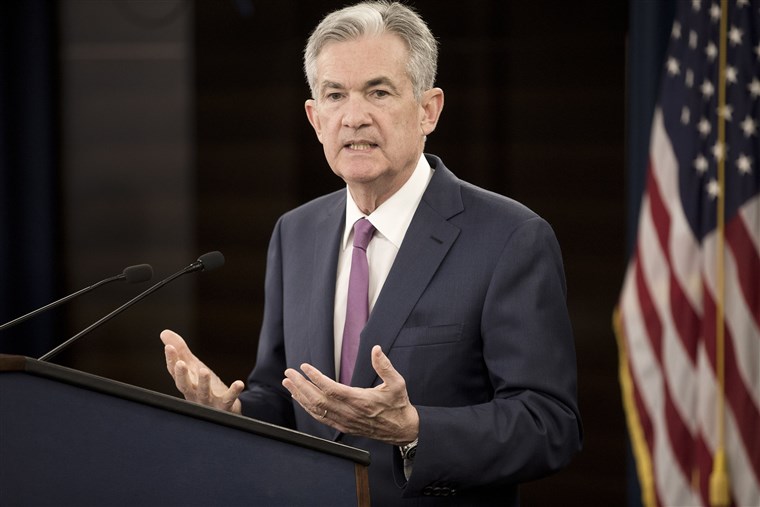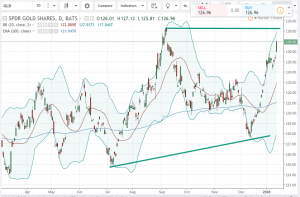Income Investing: The Dividend Distribution Process
A thriving corporation never forgets to keep on looking back on its stakeholders who contributed to their successful performance. Once they secured their financial position and came upon a decision with respect to the dividend policy, corporations usually pay out dividends to their investors as their way of giving back. This process progresses gradually in order to give time for the deliberation of the Board of Directors and for the shareholders’ documentation.
We are going to tackle the dividend payment procedures, the essential dividend dates that must be considered, and who is entitled to claim the dividend payments. To be included here are the accounting journal entries in order to present the corporate perspective to every dividend payment stage. This article will be beneficial especially for the investors that are just starting out.
Date of Declaration
This is the date on which the dividend payment is formally confirmed and announced by the Board of Directors. The board has finally decided what type of dividend will be distributed, the dividend size, and the date of payment. This date is also known as the “announcement date”. This is a date of which option holders must let the corporation know if they want to use their right to the option. During this date, the liability to pay out dividends to the shareholders is acknowledged on the books using this journal entry:
Retained Earnings xxx
Dividend Payable xxx
In this journal entry, we debited retained earnings since the dividend to be paid out will be taken from the profit appropriated by the corporation. Dividend payable has been credited because of the corporation’s liability from its shareholders.
Date of Record
During the date of record, the corporation indicates the shareholders who will be eligible for the dividend payment. The stock and transfer books are to be closed on this date only to complete the shareholder list for the entitlement of the subsequent dividend payment. Therefore, a journal entry for this date is not necessary. In order to use as a source in indicating the eligibility of the shareholders for the dividend payment, a fixed date must be set since stocks are effortlessly transferable.
Ex-Dividend Date
This is a time on which the right of ownership to the dividends is homogeneously dismissed by the stock brokerage four days before the date of record. It is done in order to prevent the recording of the eligible shareholders last-minute prior to the date of record. Thus, stocks transferred subsequent to the ex-dividend date will be automatically listed out from the list of shareholders entitled to the dividend payment. There is also no required journal entry for this date.
Date of Distribution
This is a date of which shareholders will receive the dividend payment. If a cash dividend is distributed, the corporation will mail the dividend check to every eligible shareholder. This date is also called as “Payment Date”. The journal entry to be recorded for the dividend payment will be:
Dividend Payable xxx
Cash, Property, or Share Capital xxx
Since the liability has been satisfied, the dividend payable is debited. While cash, property, or share capital is credited due to the distribution of the dividends.
In order to further elaborate the dividend payment process, an example is provided below:
The board of Bank of America Corp. has formally declared dividends worth $0.18 on a quarterly basis last October 22, 2019. It has been announced that the corporation has completed the list of shareholders eligible for dividends last December 6, 2019. To finalize the qualified shareholder list on the date of record, the ex-dividend is set on December 5, 2019. At last, Bank of America Corp. will issue dividends to the qualified shareholders on December 27, 2019. The dates are illustrated below:
Date of Declaration: October 22, 2019
Date of Record: December 6, 2019
Ex-dividend Date: December 5, 2019
Date of Distribution: December 27, 2019











